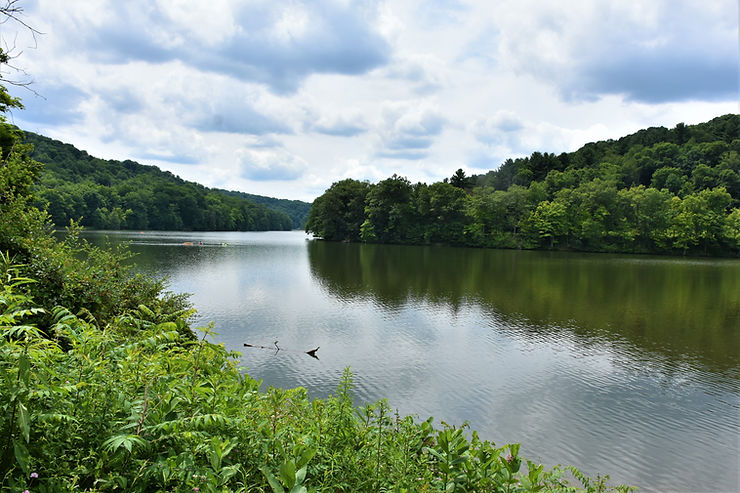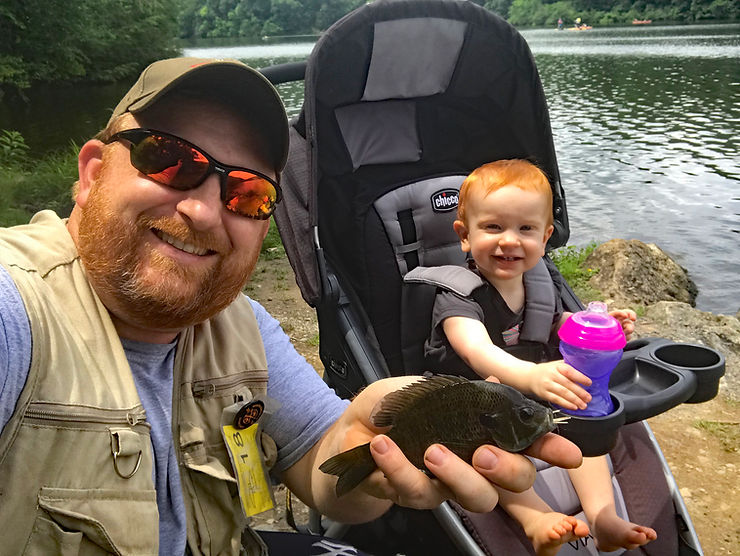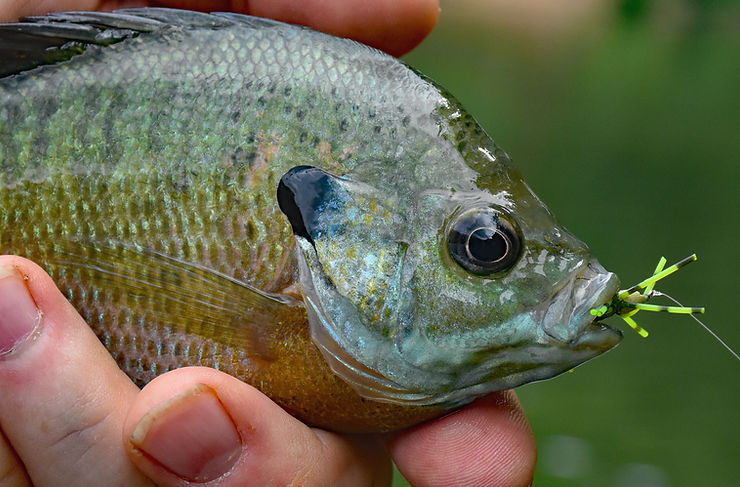Raccoon Lake, Beaver County PA

According to the Pennsylvania Natural Heritage Program, there were 151 Civilian Conservation Corps (CCC) camps stationed in Pennsylvania between 1933 and 1942. An estimated 29 state parks benefitted from CCC projects that provided jobs to hundreds of thousands of workers in the midst of the Great Depression. In collaboration with the Works Progress Administration, the CCC helped build a number of the National Park Service’s National Recreation Demonstration Areas, many of which were later turned over to the state. One of these was Raccoon Creek National Recreation Demonstration Area, better known today as Raccoon Creek State Park.
Raccoon Creek State Park officially opened in 1945 and encompasses 7,572 acres in Beaver County. Here you’ll find a plethora of hiking, biking, and horseback riding trails and a host of family-oriented activities, but the main attraction is the 101-acre Raccoon Lake.
The park can be accessed via three main routes: PA 168 on the west, PA 18 in the central, and U.S. Route 30 on the east. Traverse Creek, which was dammed to create Raccoon Lake, begins in the northwest corner of the park and flows southeast into a small body of water referred to as Upper Lake, which provides catch and release fishing for a number of species year-round. Here you’ll find a small dam, and then the creek continues another mile and a half before entering Raccoon Lake. The Pennsylvania Fish & Boat Commission (PFBC) stocks Traverse Creek with brown and rainbow trout, once preseason and twice inseason, from the Upper Lake outflow downstream to where it enters Raccoon Lake. There’s even a small section of creek located behind the Park Office reserved for youth anglers 12 and under.

Raccoon Lake also receives stocked trout three times in the spring and once in the fall, and according to Sarah Lindgren, assistant park manager at Raccoon Creek State Park, many of those fish do hold over. The main lake is certainly deep enough with an average depth of about 20 feet. The deepest part of the lake, out in front of the dam breast, drops down to about 30 feet. You’ll find shallower water in the coves, of course, but once you get out into the lake proper, it drops off pretty fast.
The western half of the lake is a different story. Most of the western arm is shallow, ranging from 5 to 10 feet deep, and you can find lots of bass and panfish in this section all year long. However, if you want to target coldwater species such as Walleyes and trout in summertime, Lindgren recommends concentrating on the deeper, colder water found in the main lake.
Fall through spring is perhaps the best time to fish Raccoon Lake, especially if you’re looking for solitude. Once schools let out for the summer, the lake can get somewhat crowded. The park’s proximity to high population centers (40 minutes from Pittsburgh, 30 minutes from Beaver, and only 20 minutes from Weirton, WV), make it a prime destination for families looking to enjoy some outdoor recreation.
Raccoon Lake is limited to electric tolling motors only and boats must display a current registration sticker. Non-powered boats must display one of the following: boat registration from any state, launch permit or mooring permit from Pennsylvania State Parks (available at most state park offices), or a launch use permit from the PFBC.
Raccoon Lake has two boat launches. From U.S. Route 30, head west on Raccoon Park Road. Turn right onto Lakeside Road to access the launch by the dam. Continuing straight on Raccoon Park Road will take you to the main launch and mooring area on the lake. Here you can also rent kayaks, canoes, and hydro-bikes if you don’t feel like bringing your own.
“The parking at the Lakeside Road launch tends to fill up quickly,” says Lindgren, “but it is a nicer launch. We also have special areas where you can park cars with boat trailers.”
Regardless of what activities are going on at Raccoon Lake, it seems the fish are always biting. “We have some Walleyes, Largemouth and Smallmouth Bass, catfish, carp, and lots of panfish,” says Lindgren. “And we occasionally hear rumors of a Muskellunge in the lake, too.”

You don’t need a boat to fish Raccoon Lake. It can be fished just as easily, and successfully, from shore. A walking path parallels the shoreline from the Raccoon Park Road boat launch to the beach area. Also check out the shoreline across the cove from the boat launch. Habitat improvement devices have been added just off shore and many can be reached with a good cast.
“Two years ago, we put in 288 vertical plank structures through a grant from the PFBC,” says Lindgren. “There are also numerous porcupine cribs throughout the lake. Visitors can pick up a depth map from the Park Office that shows where those structures lie.
“Every so often we get a tree that’s close to the edge that we know will fall into the lake anyway, so we cut it and chain it off so that it provides fish habitat as well. Fishing around those structures is always good for bass and panfish.”
The Great Depression took its toll on everyone, but the CCC helped provide hundreds of thousands of workers with jobs creating beautiful recreational areas across the commonwealth. Raccoon Creek State Park originated as one of those areas and has endured to be enjoyed by present and future generations, and Raccoon Lake is its centerpiece.
Sign up for the Dark Skies Fly Fishing e-newsletter
It's free, delivered to your inbox approximately three times each month. Your information is always kept private and used for the sole purpose of keeping you up to date on blog posts and specials in the online store.
Sign Up Now